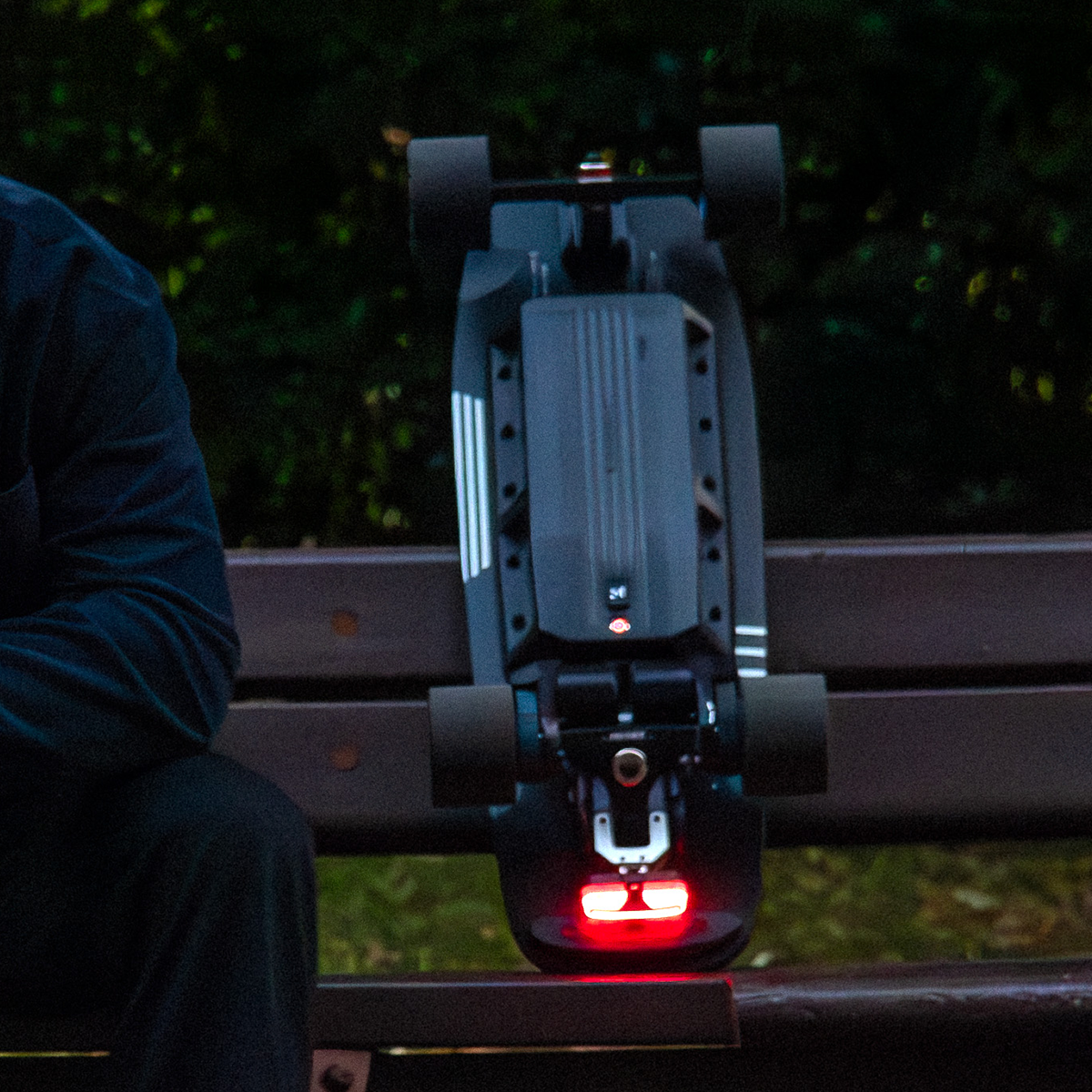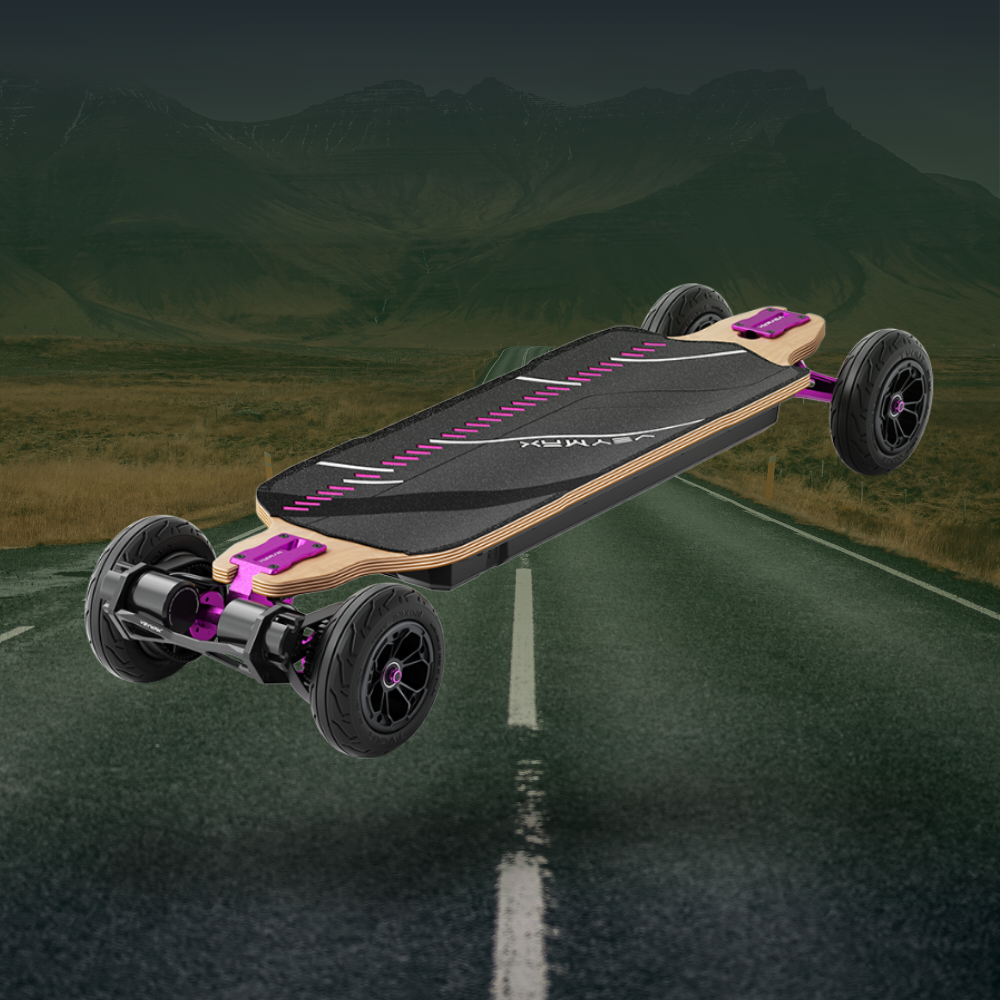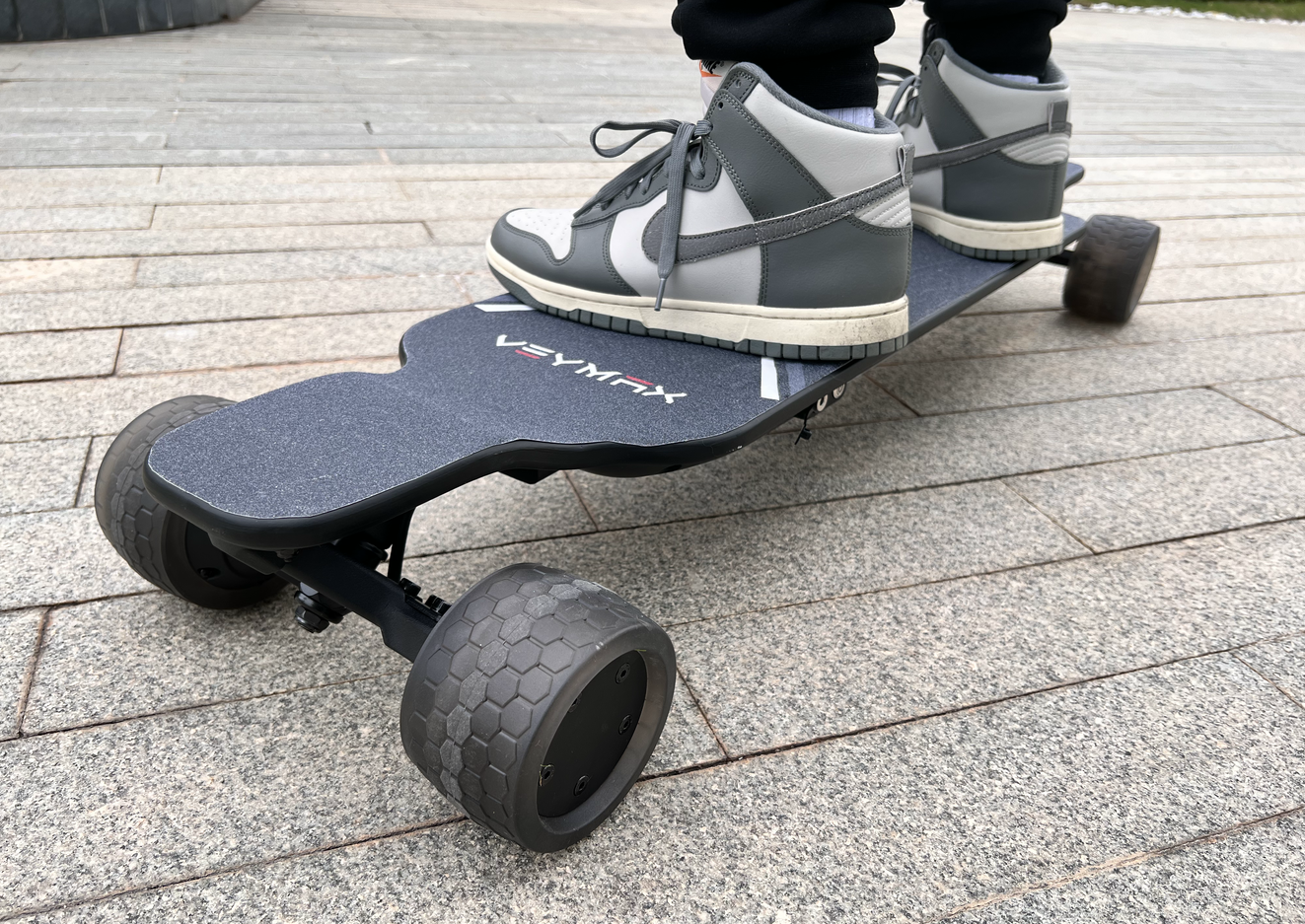Water skiing can be done on different surfaces, such as fresh or salt water. Enjoy our deep dive into this water sport, and let's get started.
WHAT IS WATER SKIING?
There are several types of watersports, including skiing behind a boat, wakeboarding and kneeboarding. Waterskiers need to wear the appropriate safety equipment when skiing, such as a life jacket, helmet and impact vest. It is important to ensure that you have adequate instruction before attempting any type of water skiing activity.
When it comes to the technical side of things, there are several elements which must be mastered in order to water ski successfully. Balance, timing and coordination are all important factors when it comes to successful skiing. It is also important for skiers to understand the physics behind their skiing, such as the forces created by the boat's wake on a skier. Understanding these elements will help skiers develop their technique and become more proficient in the sport.
Finally, learning how to fall correctly is essential when it comes to water skiing. The proper technique can involve rolling onto your back, holding your arms up and away from you body, or tucking into a tight ball while falling. With practice and experience, falls can be minimized resulting in fewer injuries and improved performance on the water.
Overall, water skiing is an exciting and challenging sport that can be enjoyed by both beginner and advanced levels. With the right instruction, safety equipment and technique, water skiing can be a thrilling experience.
Do You Ever Surf on Electric Powered Surfboards?
Electric powered surfboards are becoming increasingly popular as a way to enjoy the ocean. With the increased power and maneuverability they provide, they allow for a more thrilling ride compared to traditional surfboards.
While an Electric Surfboard cost more than traditional surfboards, they offer better performance and more features, such as variable speed and even music streaming. In addition, e-surfboards are easier to control than regular boards, allowing for more precise maneuvers.
Electric surfboards also have a longer battery life and higher top speeds. Whether you are a novice or an experienced surfer, electric powered surfboards can offer a lot of fun and excitement.
IS WATER SKIING A GOOD WORKOUT?
Water skiing is often thought of as a recreational activity, but it can be an excellent way to get in a full-body workout. It engages the muscles throughout your body—from your core and legs to your arms and shoulders—and provides cardiovascular benefits. If you ski regularly, you can expect to see improvements in strength, endurance, balance, and coordination. Water skiing can also help relieve stress, offering both physical and mental benefits.
To get the most out of water skiing as a workout, proper technique is key. Be sure to warm up with stretching before getting into the water and start off slowly by skiing on one ski or using a deep-water start until you become more comfortable with the sport. Make sure you have a qualified instructor to guide you through the basics and keep safety in mind at all times. With proper technique, water skiing can be an enjoyable, low-impact workout that helps to improve your overall health.
Ultimately, water skiing is an excellent way to get in shape while having fun on the water. It’s a great full body workout that can offer physical and mental benefits, so why not give it a try? You may find yourself enjoying more than just the scenery when you hit the lake this summer.
CAN YOU GET HURT WATER SKIING?
Yes, you can get hurt while water skiing. In fact, the U.S. Coast Guard reported that more than 4,400 people were injured in water skiing incidents in 2017 alone. Most of these injuries are minor and involve sprains or strains to the legs and arms, but some can be much more severe.
These include broken bones or fractured vertebrae from falls, as well as torn ligaments caused by pulling too hard on a tow rope. It is also possible for an individual to hit underwater obstacles such as rocks or logs when skiing at high speeds, which can cause serious trauma and even death in some cases. Therefore it is important to take certain precautions before going out on the water for a ski session.
Wear a life jacket, make sure you are familiar with the body of water, and practice proper technique. With these measures in place, you can help to ensure that your time on the lake is both safe and enjoyable.
Additionally, it is important to be aware of other potential risks while water skiing. Depending on the location and time of day, there may be boats or personal watercrafts in the area that could cause a collision with a skier if they are not paying attention. Injuries due to such collisions can range from minor bruises to more serious wounds and even death.
To avoid this type of incident, it is important to keep an eye out for any approaching vessels while skiing and have someone monitoring the situation from shore. Taking these steps can help to reduce the risk of harm while on the water and make sure that everyone has a safe and enjoyable experience.
Ultimately, if you take certain precautions and follow proper safety protocols, it is possible to enjoy water skiing safely. However, it is important to be aware of the potential risks associated with this sport and take appropriate measures to avoid them. By doing so, you can ensure that your time spent out on the lake or river will be an enjoyable one.
IS WATER SKIING HARDER THAN SKIING?
When it comes to comparing water skiing and regular skiing, there are few similarities. Water skiing requires a different set of skills than regular skiing does, as the skier must be able to maintain balance on a convex surface that is constantly shifting due to the movement of the boat and water. Because there is no natural resistance from the ground like in regular skiing, it can take some time for beginners to become comfortable with their technique.
Water skiers need to have good upper body strength as they will use their arms to help them stand up when they fall into the water or when they begin their run. They also need a good sense of timing, coordination and balance in order to successfully complete runs without falling off or missing turns. Because of these additional factors, some may find water skiing to be more challenging than regular skiing. However, with practice, it is possible for anyone to get the hang of it and become a proficient skier.
DO YOU HAVE TO BE IN GOOD SHAPE TO WATER SKI?
Water skiing requires a certain level of physical fitness and strength. You should have good balance and coordination, as well as good upper body strength to be able to control the ski rope, turn in the water, remain upright and maneuver yourself in the water.
Cardiovascular endurance is also important for water skiing, as you will need to maintain your position on the skis for an extended period of time. Having strong leg muscles helps you stand up easily onto your skis when entering the water. The more physically fit you are, the easier it will be for you to maneuver around obstacles in the water while skiing.
To maximize safety and performance when hitting wakes or jumps, core strength is essential; having strong abdominal muscles will help keep your body stable while skiing and give you better control over the ski rope.
Overall, being physically fit is key to water skiing successfully and safely. If you are new to the sport and don’t have much experience, it is also important to practice under supervision of an experienced skier until you get comfortable with the skills involved in water skiing. With practice, your skill level will improve drastically and you’ll be able to enjoy this exciting sport faster.
WHAT IS THE PURPOSE OF WATER SKIING?
Water skiing is a popular recreational activity that combines the speed and agility of skiing with the excitement of being propelled by a motorboat. It requires skill, balance, strength, and coordination to stay on top of the water while maintaining good form. Water skiers use a single ski or two shorter skis attached to feet with bindings, as well as holding onto a tow rope connected to the boat. They must maintain an upright posture in order to manage their speed and direction.
Novices should start out being towed at low speeds until they gain experience and confidence in their technique. It's important for them to pay attention to safety guidelines related to proper equipment fit, appropriate clothing for protection from cold waters or sharp objects, avoiding obstacles such as swimmers or docks, and understanding the layout of the lake or ocean before beginning.
As water skiing becomes more comfortable and natural, skiers may engage in more advanced tricks such as jumps and spins while being towed at higher speeds. They can also compete in slalom events that involve navigating around a course of buoys without touching them and timing their crossings correctly. Water skiing is an exciting way for anyone to enjoy the thrill of speeding across the surface of a body of water regardless of their skill level. It's a great way to get out on the water with friends and family and have fun.
DOES WATER SKIING HURT?
Water skiing can be physically demanding and may cause pain or discomfort if done incorrectly. Poor form, positioning, or technique can all lead to strain on muscles and joints. It is important to remember that water skiing places a lot of pressure on the body, so proper stretching and strengthening of the key muscle groups used in the sport are essential for avoiding injury. Additionally, wearing protective gear such as a life jacket and helmet will help reduce risk of serious harm. It is also helpful to have an experienced instructor who can help you develop correct techniques from the start. With proper preparation, most people can enjoy water skiing without experiencing any undue pain or soreness.
If you experience any unexpected pain while water skiing, it is best to stop and assess the cause. Pain may be due to a strain, sprain, or other injury that can worsen over time if not properly treated. If you suspect an injury, it is important to rest and consult a doctor for advice on how to best recover. With proper care and attention, most water ski injuries can heal quickly and without issue. In summary, water skiing does not necessarily have to hurt when done correctly with protective gear and following proper technique. However, like any physical activity it is important to listen closely to your body in order to avoid uncomfortable pain or potential injuries.
IS WATER SKIING HARD ON KNEES?
Water skiing can be hard on the knees, especially for those who are new to the sport. The repetitive nature of water skiing puts a great deal of strain and stress on the joints in the lower body, particularly in the knees. Poor form while water skiing or overdoing it without having proper strength and balance can increase this risk. Additionally, people with pre-existing conditions such as arthritis may find that water skiing is uncomfortable or too difficult due to their condition.
To minimize potential knee issues when participating in water skiing, it is important to ensure that you have adequate core strength and flexibility before beginning any type of physical activity such as water skiing. Practicing proper form and techniques will help protect your knees from injury while also helping you improve your performance. Additionally, it is important to take regular breaks throughout the day and not overexert yourself when participating in water skiing. Such precautions can help reduce the risk of knee issues while still allowing you to enjoy this exciting sport.






Leave a comment
This site is protected by hCaptcha and the hCaptcha Privacy Policy and Terms of Service apply.